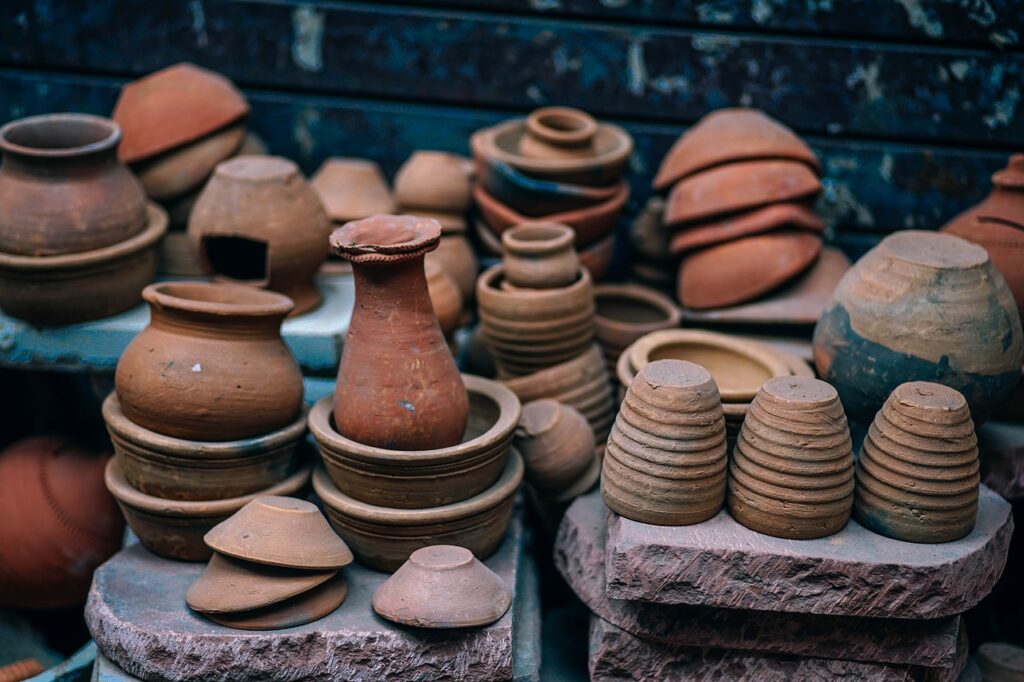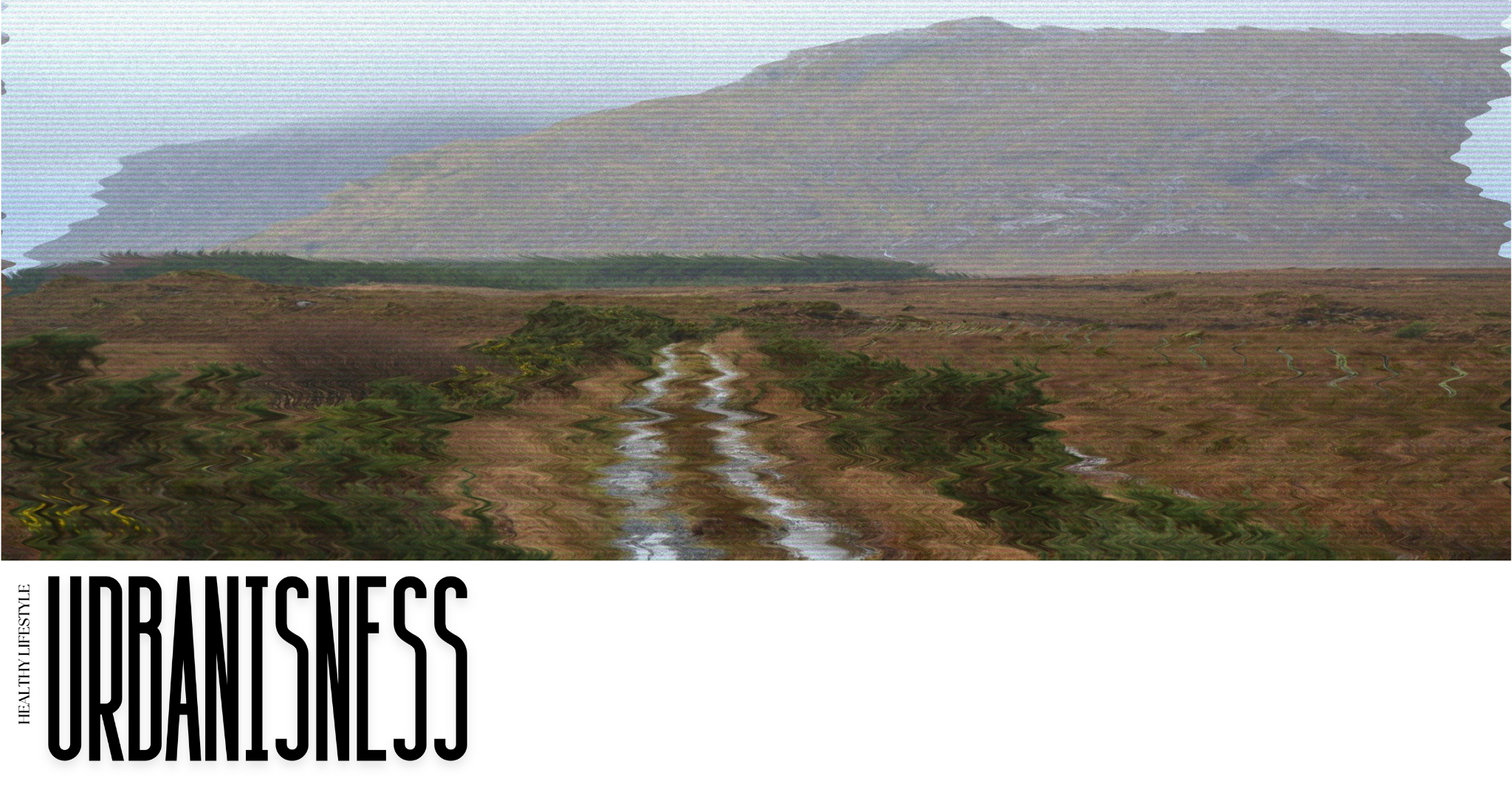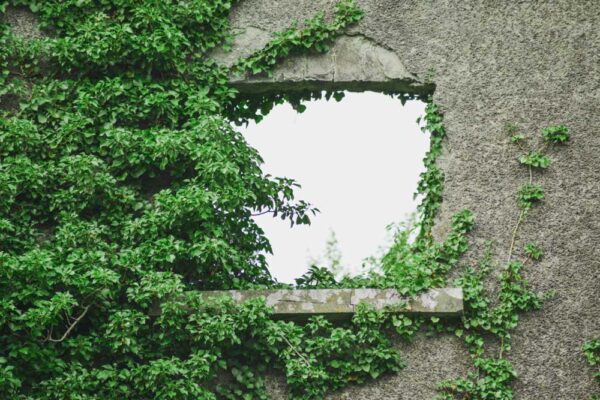
The walls of a clay olla have a naturally porous structure that allows water to seep gradually into the soil. As the soil dries, nearby plant roots expand toward the water source, wrapping around the pot to absorb moisture efficiently. This self-regulating system ensures water moves outward from the pot into dry ground. Also, excess water can flow back into the pot during heavy rainfall, maintaining a stable moisture balance. This prevents water waste and ensures that essential nutrients remain available to plants instead of being washed away.
However, there are essential factors to consider. In frost-prone areas, temperature fluctuations can cause the pot to crack. Similarly, large tree roots or aggressive, invasive plant species may grow over long distances and compete for water, potentially damaging the pot. Integrating ollas with other permaculture techniques, such as raised beds, mulching, and compost tea, is most suitable to enhance water efficiency.
In addition to water, ollas can be filled with nutrient-rich liquids, though solid particles must be prevented from clogging the porous walls. Filtered grey water (such as water from showers or kitchen sinks) can also be used, provided it is adequately treated. The lifespan of an olla varies depending on the type of clay and the mineral content of the water, but a well-made pot should last for several years.





No Comments